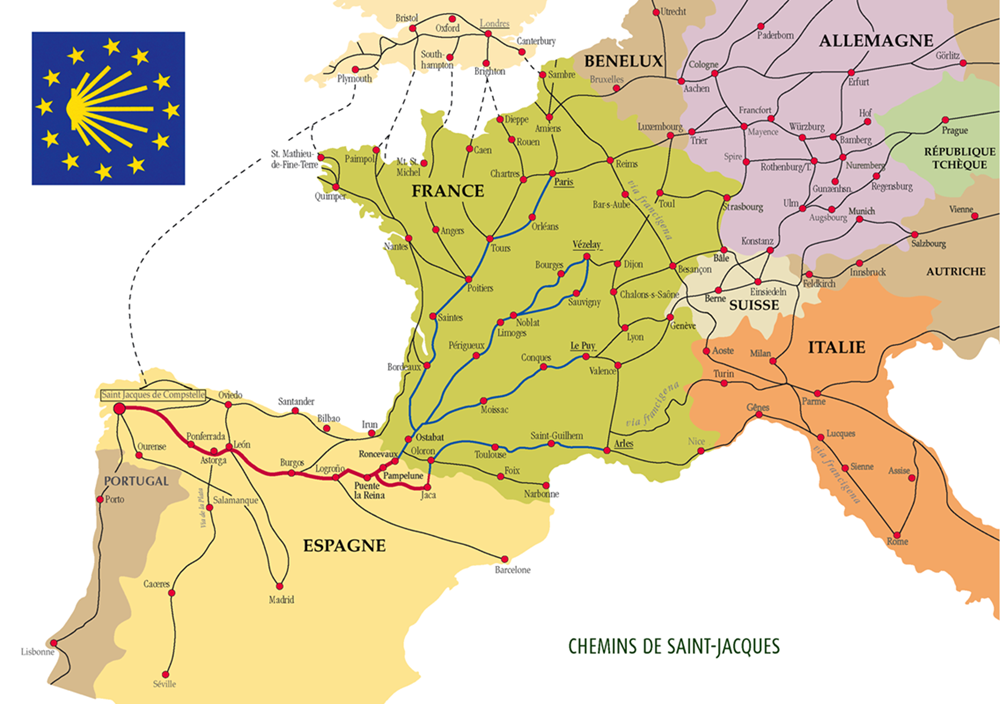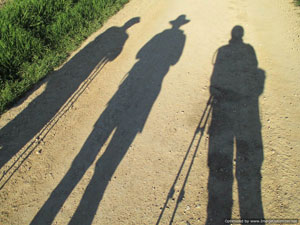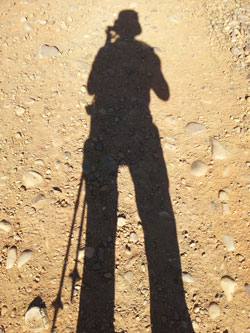When, Where, & How
to Walk the Camino.
A Complete Guide For Pilgrims
Camino Routes in Europe courtesy of Wikipedia
Which Camino Route to Take?
When, Where and How to Plan Your Pilgrimage.
Deciding when, where, and how to walk the Camino de Santiago is a significant decision. Your first step? Choosing the route that suits you best. With dozens of historic paths across Europe all leading to Santiago de Compostela, there’s a Camino for every schedule, fitness level and travel style.
From rugged mountains to rolling vineyards, bustling cities to peaceful countryside, each route offers its blend of scenery, history, culture, cuisine, solitude and comfort. Whether you’re seeking adventure, reflection or connection, your Camino awaits.
Camino Frances
The Most Popular Route
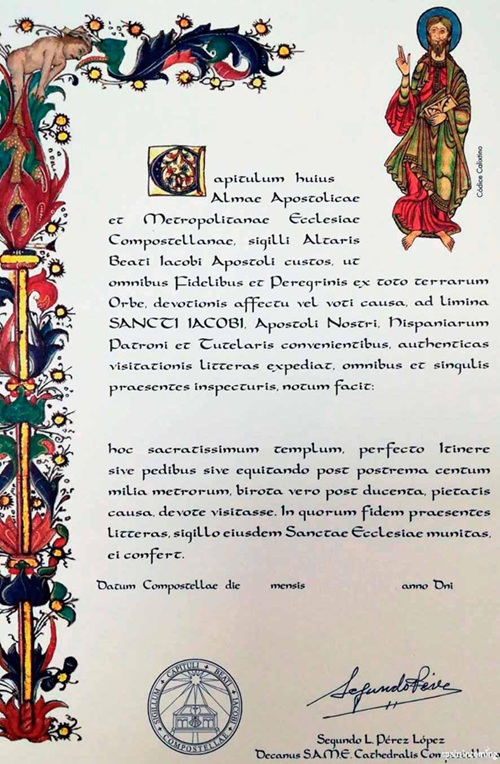
Are you ready for an unforgettable adventure?
The most popular Camino route, the Camino Francés, begins in the charming French town of Saint-Jean-Pied-de-Port and winds its way across northern Spain. You’ll climb the majestic Pyrenees, stroll through the sun-drenched vineyards of La Rioja, cross the wide-open plains of the Meseta, and ascend into the misty mountains of León—before reaching the magical hilltop village of O’Cebreiro and finally descending into Santiago de Compostela.
This journey isn’t just about walking—it’s about discovery. The Camino Francés is rich with history, culture, and connection. Along the way, you’ll pass through medieval towns, vibrant cities, and peaceful villages, all equipped to welcome pilgrims with albergues (hostels), cafés, and centuries of tradition.
If you’ve seen The Way, Six Ways to Santiago, or explored YouTube clips, you’ve already had a taste of the Camino’s magic. But nothing compares to experiencing it for yourself.
Time is your guide.
Many pilgrims break the Camino Francés into three manageable two-week stages:
- Saint-Jean-Pied-de-Port to Burgos
- Burgos to León
- León to Santiago

If you’re short on time or focused on earning your Compostela certificate, here’s the latest update as of 2025:
You must now complete at least 100 continuous kilometers anywhere along the same route into Santiago, by foot or horseback, plus the final stage leading into Santiago’s Cathedral—as recognized by the International Pilgrim’s Reception Office system.
For example, you could start in Saint-Jean-Pied-de-Port, walk 100 kilometers, then jump ahead to O Pedrouzo or O Piñó and walk the final stage into Santiago—still qualifying for your Compostela under the new guidelines.
No matter where you begin, the Camino promises adventure, insight, and a sense of belonging that you’ll carry long after your boots come off.
Routes in and Outside of Spain
Other Routes in Spain to Santiago
Connecting Routes Outside of Spain

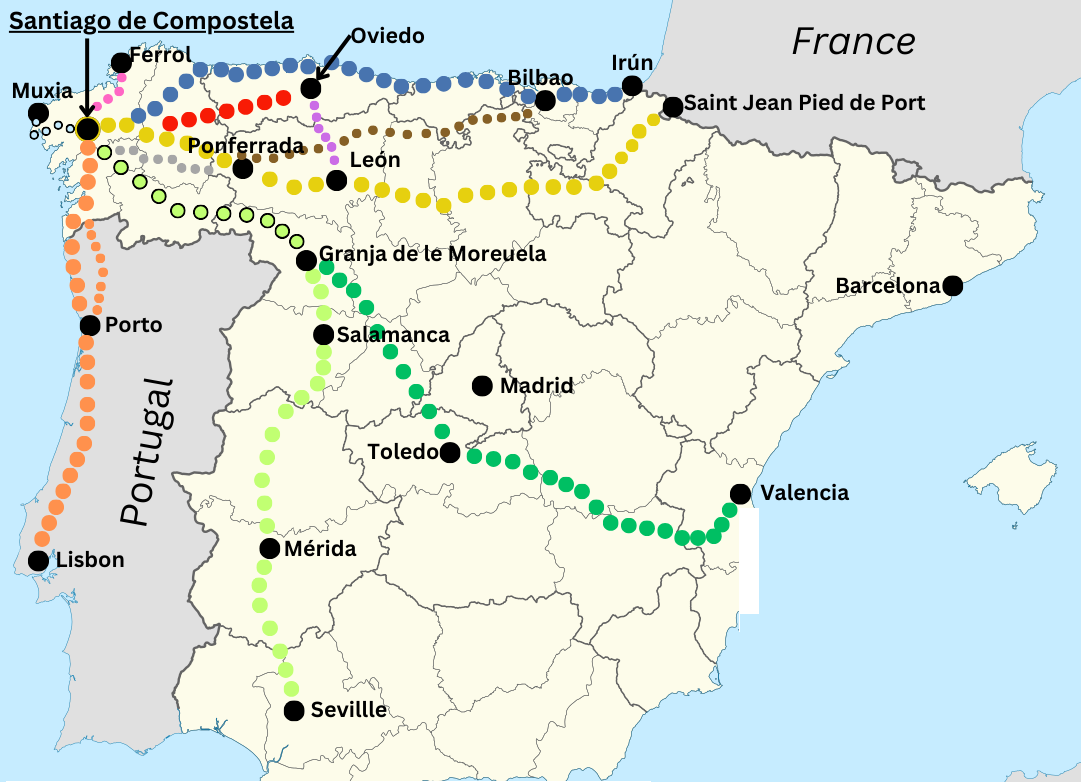
Most Popular Camino Routes
- Camino Frances 47.38%
- Camino Portuguese 19.14%
- Camino Portugues de la Costa 14.98%
- Camino Ingles 5.62%
- Camino Primitivo 4.9%
- Camino del Norte 4.29%
- Vila de la Plata 1.8%
- Muxia-Finisterre .45%
- Camino de Invierno .57%
- Otros Caminos .40%
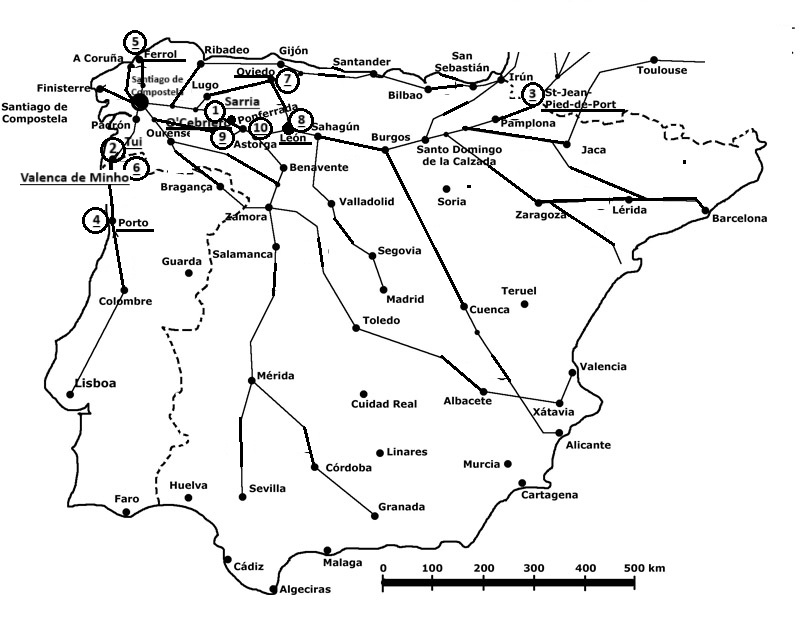
Top Ten Starting Points on Camino routes
- Sarria 31.91%
- Tui 7.73%
- Saint Jean Pied de Port 6.88%
- Oporto/Porto 5.77%
- Ferrol 5.66%
- Valenca do Minho 3.57%
- Oveido – C.P. 2.92%
- Leon 1.78%
- O’Cebreiro 1.22%
- Ponferrada 1.08%
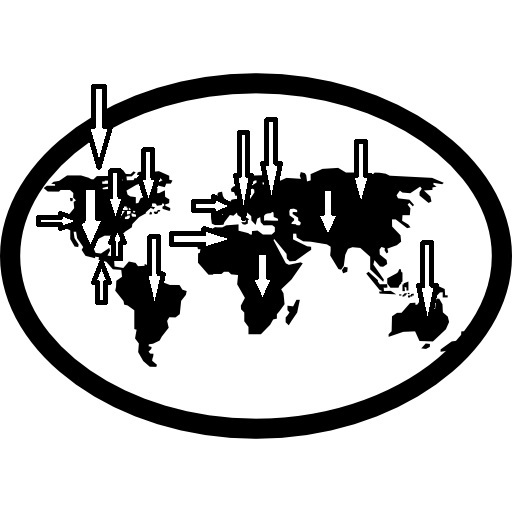
countries people come from on the Camino?
- Spain 43.92%
- United States of America 7.98%
- Italy 6.07%
- Germany 5%
- Portugal 4.49%
- United Kingdom 2.7%
- France 2.13%
- Mexico 2%
- Canada 1.64%
- South Korea 1.64%
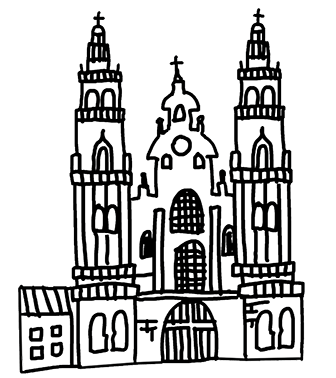
months pilgrims arrive in santiago
- January 2,231 Pilgrams .45%
- February 3,056 Pilgrims .61%
- March 22,937 Pilgrims 4.6%
- April 42,345 Pilgrims 8.5%
- In May 72,820 Pilgrims 14.6%
- In June 66,507 Pilgrims 13.3%
- In July 64,775 Pilgrims 13%
- August 79,020 Pilgrims 15.8%
- September 75,445 Pilgrims 15.1%
- October 55,275 Pilgrims 11.1%
- November 11,470 Pilgrims 2.3%
- December 3,402 Pilgrims .7%
What Season to Walk the Camino
Walking the Camino in the Spring
The spring is a lovely time to walk the Camino for many reasons.
- the weather gets warmer
- the wildflowers provide colour and beauty along the path
- albergues and facilities are generally open
- crops are growing, providing beauty
- not as crowded as the summer
- easier to find accommodations in most less popular stages
Walking the Camino in the Summer
The summer months on the Camino are beautiful, particularly in the mountains and it a very popular time to take the journey.
- summer holidays
- the days get longer affording for longer walking days
- albergues can fill up quickly finding accommodations can be difficult
- meet many new people
- the weather gets hot, making it necessary to start your day early
Walking the Camino in the Fall
The fall is the second favourite time to walk the Camino.
- the weather is comfortable with warm days and cool nights
- the grapes are ripe and plentiful
- figs are ready for picking and available on the path
- albergues and facilities are open and can be crowded
Walking the Camino in the winter
The winter is a challenging time to walk the Camino depending on your route. Caution and good planning should be taken when considering this time of year. The Camino Frances is closed over the Pyrennes January, February, March, November, and December.
- The weather is cold with rain and snow
- many albergues are closed
- paths may be closed due to snow
- take the winter route avoiding the mountains
- facilities may be minimal in smaller towns
- necessary to walk longer days to find accommodations
- fewer pilgrims on route
Walk the Camino Alone or with a Companion?
There are benefits of walking the Camino alone and with others. No way is right or wrong but it depends on your comfort level and what you want your experience to be.
If you want the Camino to be an internal learning experience and if you are expecting to have solitude then walking alone might be a better option for you. There are always pilgrims not to far off so the feeling of being totally alone is not a reality. There are hundreds of pilgrims walking in your stage each day. However, if you want the camaraderie of friends, meet new people, or want to share the experience and form stronger bonds with family then walking with others is something you might consider.
The when where how decisions you make about walking the Camino are the right way for you. Everyone walks their own Camino.
Things to keep in mind when walking with others.
- Everyone’s pace is different. Meeting up at a designated place might be an option for slower and faster walkers.
- Not everyone feels the same way about the Camino and its lifestyle.
- Some might want to take a bus or taxi and bypass some areas.
- Some might want to stay and explore a city for longer than you do.
- What to do when someone in your group falls ill?
Things to keep in mind when walking alone.
- You will have to navigate the route on your own.
- You can stop and rest or explore at your will.
- You will meet dozens of people from all over the world and maybe form a small group with some.
- If you get ill you will be on your own with no support from family, however, your new Camino family will likely be there to help.
- It is easier securing one bed.
The Camino on Bicycle
Making your way along the Camino on a bicycle has become more popular over the years with many people finding it a good alternative to walking.
- fewer days required to complete the journey.
- maps routes available.
- support and supplies available in larger towns.
- Pilgrims on foot have priority earlier in the day at albergues.
- Some parts of the Camino are not accessible by bicycle.
- Minimum of 200 km ridden in order to achieve a Compostela. The last stage must be ridden into Santiago.
Camino Bound © - All Rights Reserved - Site Map - Disclaimer

